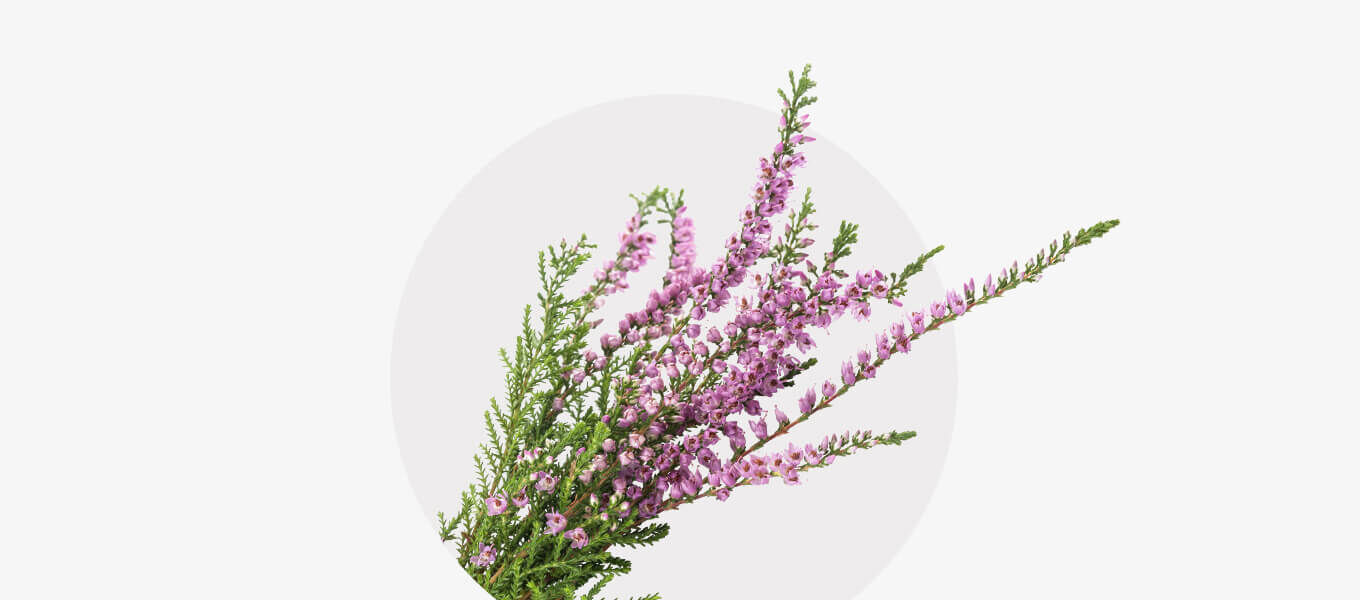Heather

Especially in October, when many plants have already faded, the beauty of the heather comes into its own in nature. Due to its diverse flower colors, it is also a fantastic eye-catcher in gardens, on balconies or as a grave decoration in cemeteries.
Origin
Heather (Erica), which is often just called heather or heather, is a genus of plants from the heather family (Ericaceae), which comprises around 860 species in total. The majority of these evergreen, mostly woody shrubs or small trees are native to South Africa. In addition to heather, the common heather (Calluna vulgaris), blueberry and cranberry also belong to the heather family. What is impressive about all of them is the variety of flower colors, ranging from lilac to dusky pink and purple to light green and white. The snow heather (Erica carnea) is particularly suitable for the cold season: It's not just the flowers that make this species so attractive, but also the foliage, which can be yellow, silver or bronze, depending on the variety.
Great effect when planted in groups
In order to unfold its full splendor, heather needs a location in full sun. The soil should be loosened beforehand and be acidic, i.e. lime-free and low in nutrients - a pH value between 4 and 6 is recommended. The desired visual effect can be achieved by limiting yourself to a few varieties and planting them in groups of eight to twelve specimens per square meter. The arrangement does not have to be too symmetrical, as a certain irregularity provides a natural character. Incidentally, heather harmonizes particularly well with blueberries, rhododendrons and azaleas, as these plants all prefer the same soil.
It doesn't work without care
Even though heather is generally very frugal and grows even under adverse conditions, it needs at least some attention and care. For example, it needs to be watered if it is persistently dry - even in winter. Alternatively, you can apply a mulch layer of leaves or use a special bog bed substrate that provides moisture. Although most erica varieties available in specialist shops are hardy, they must be planted before the first frost so that they can take root well. A mineral or organic fertilizer such as horn shavings can be applied during growth. After flowering, heather should be cut back well, otherwise there is a risk of it withering at the bottom.
As a general rule, you can remember: Species with weak growth only need to be pruned back a little, whereas lush growing species need to be pruned back particularly vigorously.













